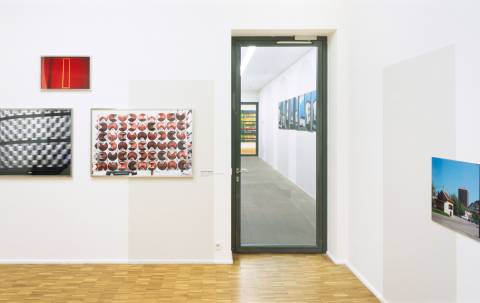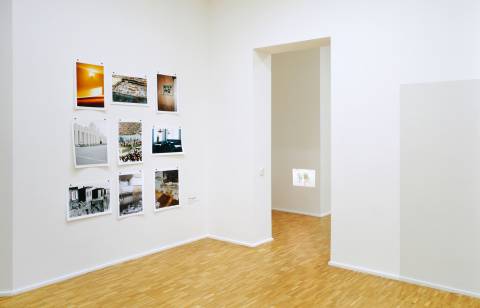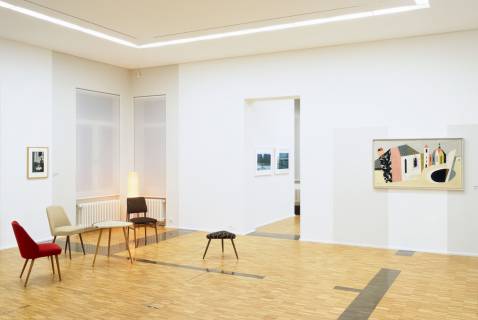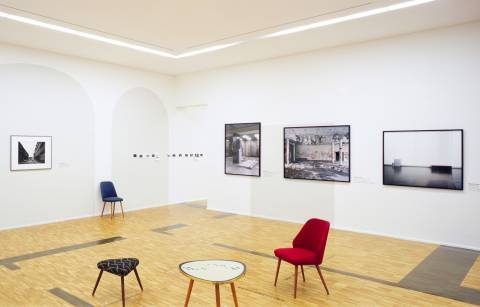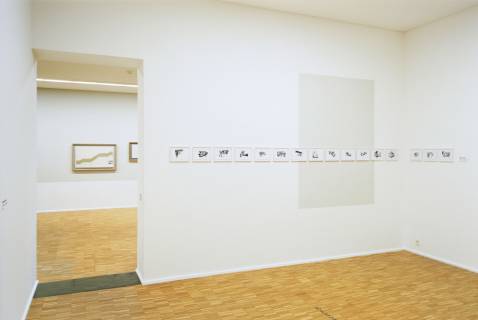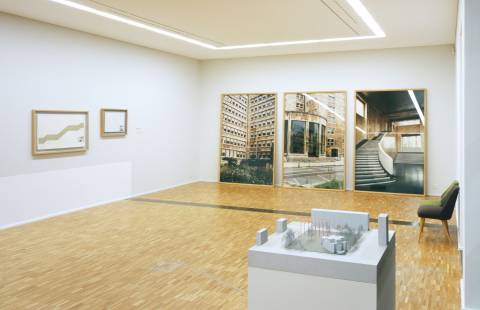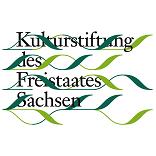The GfZK is the result of a unique political event, the German reunification in 1989, the 20th anniversary of which is celebrated in 2009. This is the starting point for the GfZK’s investigation into the ways in which art responds to social situations and political changes. Art and politics should be perceived as running parallel. However, there are no plans to present the “art of the reunification” or to illustrate the events related with these changes through art. The goal of the project is “from a European perspective” to showcase artists who critically reflect their social environment, while investigating historical actions and processes, as well as the effects of change. The title Nonplaces, Places has been borrowed from Karl Schlögel’s book Im Raume lesen wir die Zeit (Reading Time through Space. On the History of Civilisation and Geo-Politics. München, Hanser Verlag 2003), which has been discussed within the context of debates on spatial turn in cultural theory. It implies the spatial dimensions of political and social processes: “What we have before our eyes are nonplaces, places which have disappeared again, sunk without trace, leaving nothing behind but a memory.” The project is linked with Schlögel’s interest in reconnecting research issues with everyday life, with people’s historical and contemporary situations.
Due to the particular history of the GfZK’s origins and its exhibition profile, there are many works in the museum’s collection that reflect the political changes of 1989 in Central, Eastern and South Eastern Europe. The GfZK has collaborated with numerous artists, who engage with German, European and particularly Eastern and South-Eastern European history from their own perspective. A large number of works refer to certain places along with events and processes related to them, which concern recent and current German and European history, as well as the present. The Nonplaces, Places project addresses shifts in the meanings associated with locations and their mutations from places to nonplaces as defined by Schlögel. The exhibition display, itinerary, catalogue, audio-guides and events accompanying the show discursively connect the artistic positions with socio-political questions in order to unite places, nonplaces, their history and present-day with political events and contemporary experiences.
